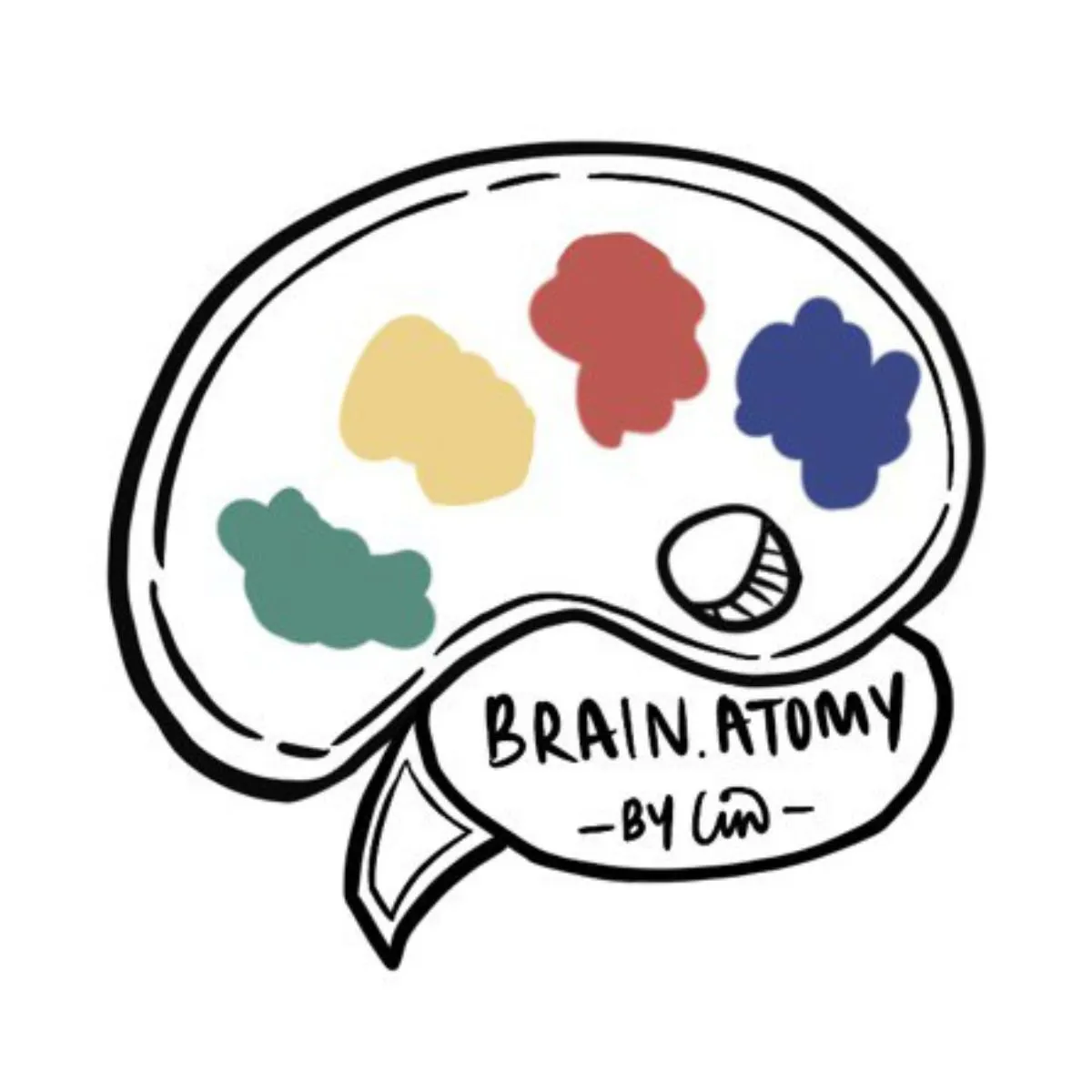Weaving
Weaving is an ancient method of fabric production that involves interlacing warp and weft yarns to create a textile. Different types of looms are used, and the warp yarns are stretched lengthwise while the weft yarns are woven horizontally, resulting in a fabric.
What Is Weaving
Weaving is a method of fabric production that involves interlacing two sets of yarn, known as the warp and weft, to create a textile. This ancient craft has been practiced for thousands of years and is still widely used today.
Types of Looms used
Different types of looms, such as handlooms, power looms, and computerized looms, are used in weaving. The warp yarns are stretched lengthwise on the loom, while the weft yarns are woven across horizontally, interlocking with the warp to form the fabric.
Weaving allows for the creation of intricate patterns, designs, and textures in fabrics. It can be used to produce a wide variety of textiles, including clothing, household linens, upholstery fabrics, and carpets.
Types of Weaves used
- Plain weave: The simplest and most common weave, where the weft yarn passes over and under the warp yarns alternately.
- Twill weave: Characterized by a diagonal pattern, created by the weft yarn passing over multiple warp yarns before going under.
- Satin weave: Produces a smooth and lustrous fabric, with the weft yarn floating over several warp yarns before passing under one.
- Jacquard weave: An intricate weave that uses a special loom to create complex patterns and designs.
Weaving is a versatile and creative process that requires skill, patience, and attention to detail. It has a rich cultural history and continues to be an important part of many traditional crafts and industries.
- Author
- Wen Lin
- Published
- October 31, 2023
- Updated
- July 8, 2024
